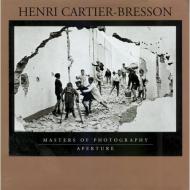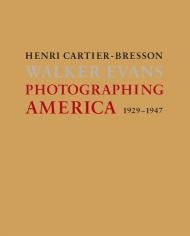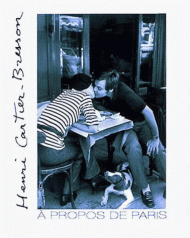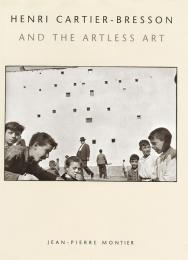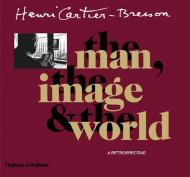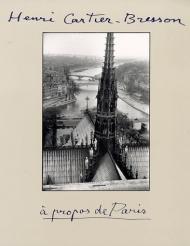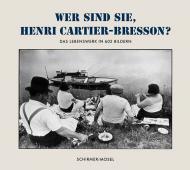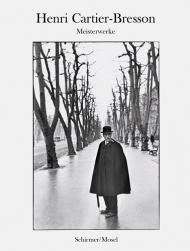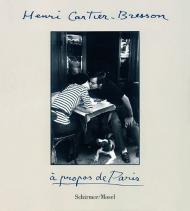The importance of Manuel Alvarez Bravo, Henri Cartier-Bresson and Walker Evans appears so clear today, so indisputable, that one hesitates to draw attention to it for fear of stating the obvious. Yet in 1935, when the New Yorker Julien Levy, one of the most influential collectors of the 20th century, conceived the exhibition Documentary and Anti-Graphic Photographs by Cartier-Bresson, Walker Evans & Alvarez Bravo, no one could imagine the eminent place the trio would occupy in the avant-garde of their time, nor the immense influence the photographers would have on future generations.
Gathered together here again for the first time since 1935, these period prints represent an exceptional set of essential and sometimes unknown images. This selection of early works of three masters of photography places us face to face with the history of the medium in the making.
The show in New York in 1935 was one of the first exhibitions Henri Cartier-Bresson ever had. This book is the last project he considered before leaving us - the wheel has come full circle.

